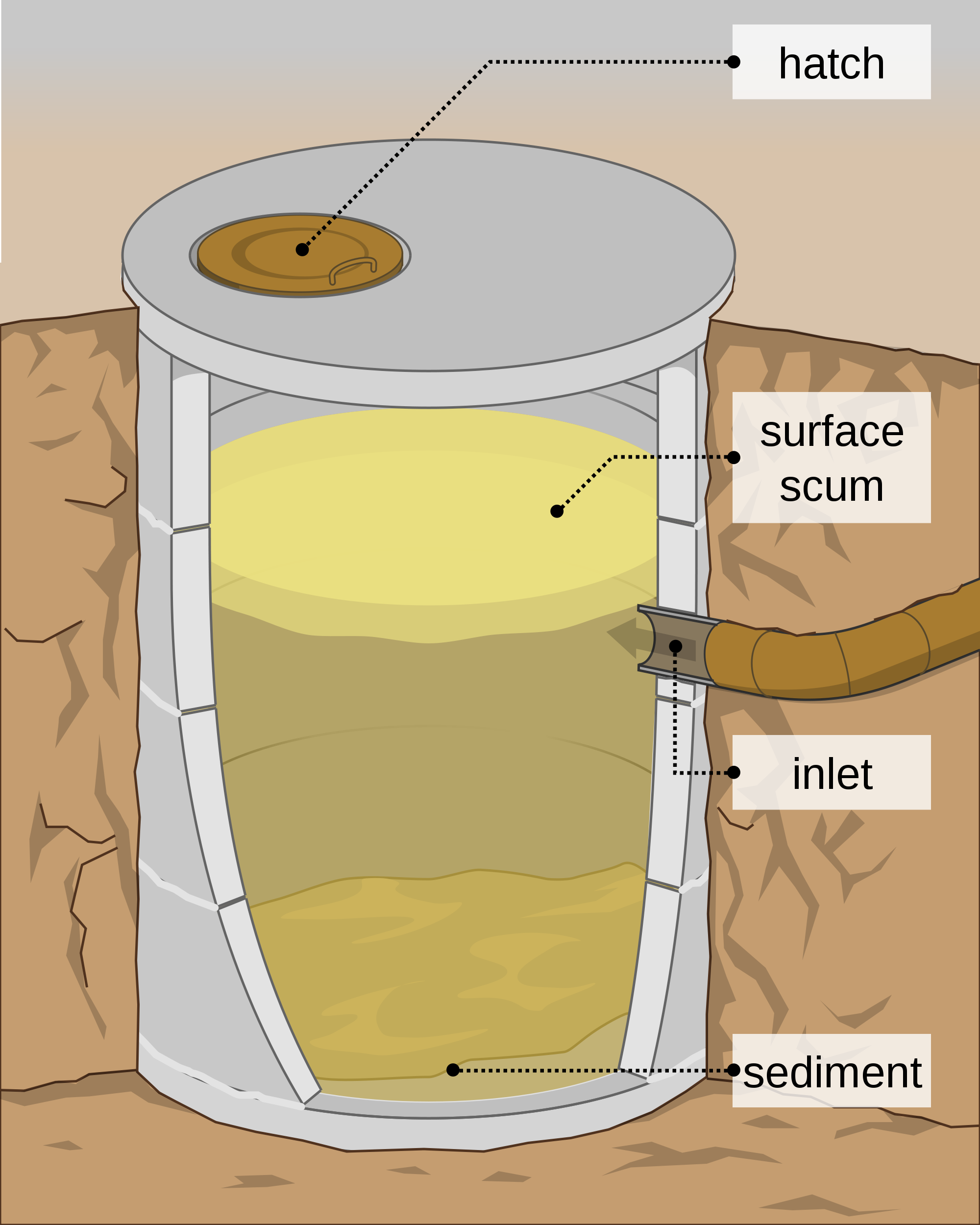In this article, we will be discussing the common issues that can arise with septic tank pump float switches and how to troubleshoot and solve them to ensure effective pumping. Septic tank systems rely on these float switches to activate the pump when the tank reaches a certain level, preventing overflow and maintaining proper functioning. However, like any mechanical component, they can encounter problems over time. By understanding the potential issues and knowing how to address them, you can keep your septic tank system in optimal working condition.
Common Float Switch Problems
Float Switch Failing to Activate
One common problem with float switches is when they fail to activate. This means that the pump does not start when the water level in the tank rises to a certain point. There are several reasons why this may occur, including mechanical faults, electrical issues, or blockages in the pump or switch.
Float Switch Not Shutting Off
On the other hand, another common problem is when the float switch fails to shut off. This means that the pump continues to run even when the water level in the tank has dropped below the desired level. Like the previous problem, this can be caused by mechanical faults, electrical issues, or blockages.
Float Switch Stuck in the On or Off Position
Lastly, float switches can sometimes get stuck in either the on or off position. This means that the switch is unable to move up or down as the water level changes, resulting in either constant running or the pump not activating at all. Mechanical faults or blockages are often the culprits behind this issue.
Causes of Float Switch Problems
Mechanical Faults
Mechanical faults can include issues such as worn-out components, rust, or physical damage to the float switch mechanism. These faults can prevent the switch from functioning properly and cause it to fail in activating or shutting off the pump.
Electrical Issues
Electrical problems may arise if there is a malfunction in the wiring or electrical connections of the float switch. Loose or damaged wires, as well as faulty switches or relays, can prevent the switch from properly sensing the water level and sending signals to activate or shut off the pump.
Blockages in the Pump or Switch
Blockages in the pump or switch can also lead to float switch problems. Debris, sludge, or solid waste buildup in the pump or switch can interfere with the float’s movement or prevent the switch from making proper contact, resulting in faulty operation.
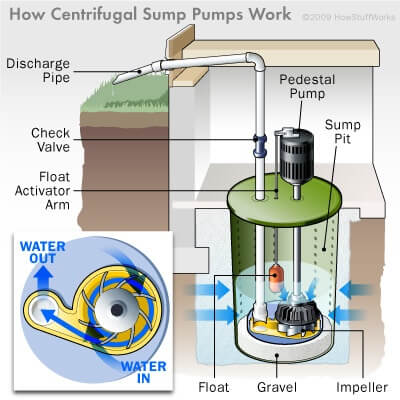
Troubleshooting Float Switch Problems
Checking Power Supply
First, check the power supply to ensure that the pump is receiving electricity. Make sure the circuit breaker is on and that there are no tripped fuses. If power is being supplied to the pump, move on to the next troubleshooting step.
Inspecting Wiring Connections
Inspect the wiring connections of the float switch. Look for loose or damaged wires and ensure that they are properly connected. If any wires are loose or damaged, repair or replace them accordingly.
Examining the Tether and Ball
Examine the tether and ball of the float switch. Ensure that the tether is securely attached and that the ball is able to move freely up and down with the water level. If there are any obstructions or tangles in the tether, remove them to allow for proper float switch operation.
Clearing Blockages
If you suspect blockages in the pump or switch, it may be necessary to clear them out. Turn off the power to the pump and carefully remove any debris or sludge from the pump and switch. Be cautious and follow proper safety precautions while doing this.
Replacing a Faulty Float Switch
Selecting a New Float Switch
If troubleshooting fails to resolve the issue, it may be necessary to replace the faulty float switch. Select a new float switch that is compatible with your septic tank pump system. Consult the manufacturer’s guidelines or seek professional advice if needed.
Removing the Old Float Switch
Before removing the old float switch, make sure to turn off the power to the pump. Disconnect the wires from the old switch and remove any mounting brackets or screws holding it in place. Carefully detach the float switch from the pump system.
Installing the New Float Switch
Follow the manufacturer’s instructions to properly install the new float switch. Attach the wires to the corresponding terminals and secure the switch using the provided mounting brackets or screws. Double-check all connections and ensure that the float can move freely.
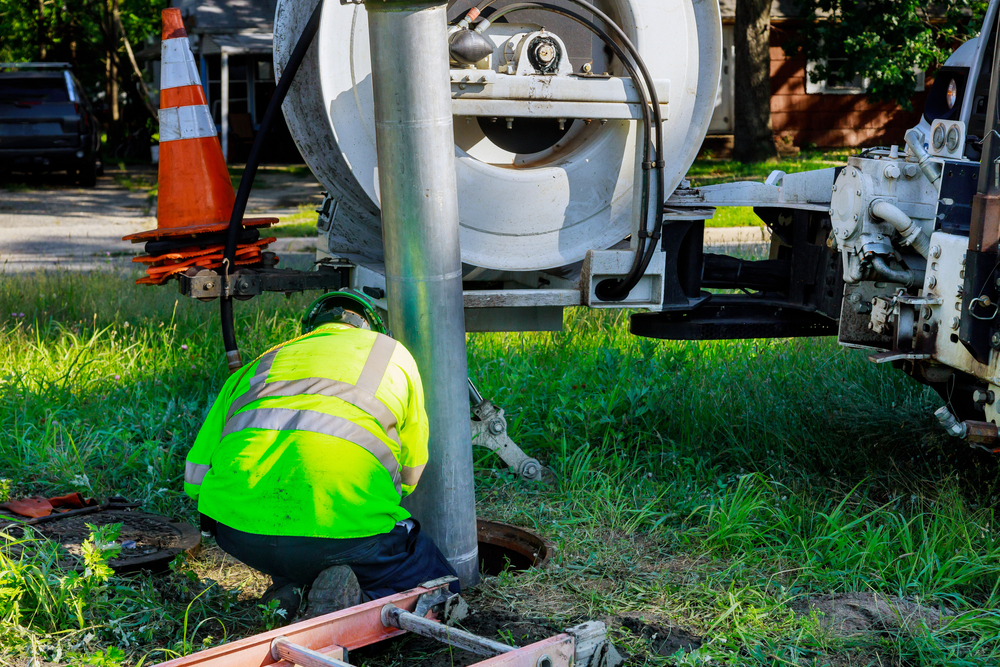
Maintaining the Float Switch
Regular Cleaning and Inspection
To prevent future float switch problems, it is important to regularly clean and inspect the switch. Remove any debris or buildup from the switch housing and ensure that the float is free from obstructions. Inspect the wiring connections and tighten any loose wires if necessary.
Proper Positioning of the Float
Check the positioning of the float to ensure its proper operation. It should be positioned at the correct height to activate or shut off the pump at the desired water levels. Adjust the float as needed, following the manufacturer’s guidelines or professional recommendations.
Testing the Float Switch
Regularly test the float switch to ensure its proper functioning. Fill the septic tank with water and observe if the float switch activates the pump at the appropriate level. Similarly, observe if the pump shuts off when the water level lowers. If any issues are detected, troubleshoot or seek professional help.
Preventing Float Switch Problems
Avoiding Excessive Pump Usage
Excessive pump usage can put additional strain on the float switch and increase the chances of problems arising. Avoid overloading the septic system by conserving water and minimizing unnecessary water usage.
Proper Waste Disposal
To prevent blockages in the pump or switch, practice proper waste disposal. Avoid flushing non-biodegradable items, chemicals, or excessive amounts of grease down the drain. Regularly pump the septic tank to remove accumulated solids and prevent buildup.
Regular Septic System Maintenance
Maintaining a regular septic system maintenance schedule is vital to prevent float switch problems. This includes regular inspections, pumping, and cleaning by professionals. They can identify potential issues early on and ensure the overall health and efficiency of the septic system.
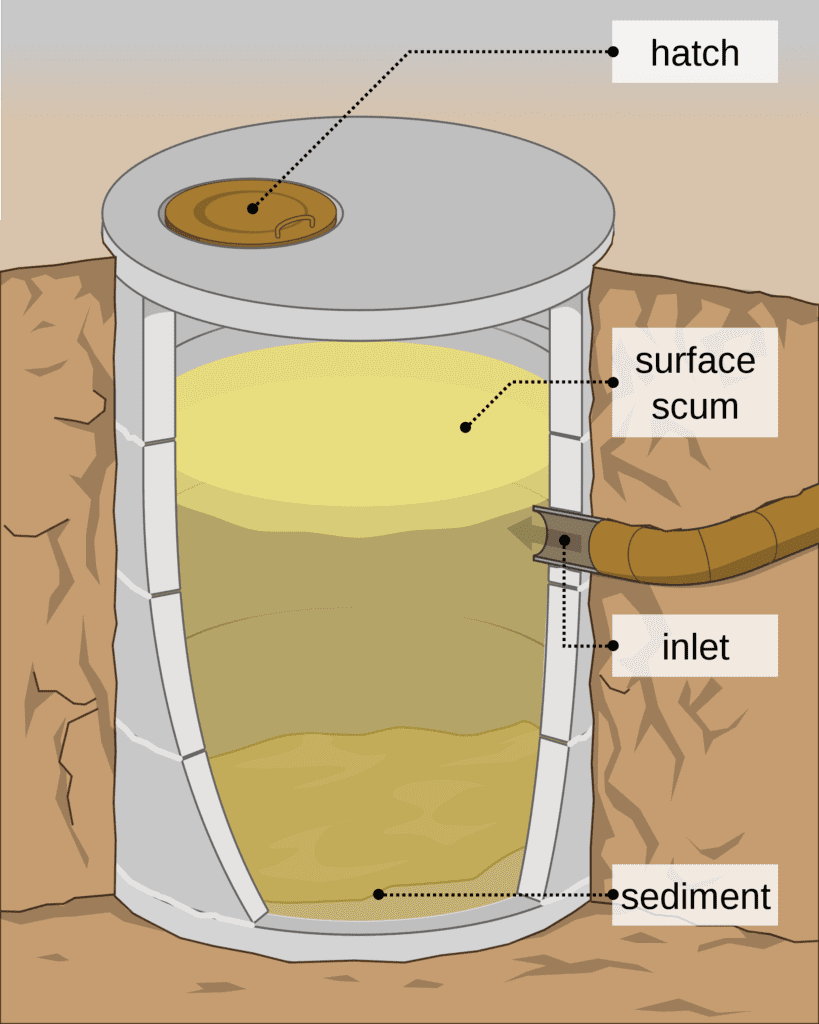
Alternative Pumping Solutions
Installing a High-Water Alarm
Installing a high-water alarm can serve as an additional safeguard against septic system failure. This alarm system will alert you when the water level in the tank reaches a critical point, providing an early warning sign of potential float switch problems or pump failure.
Utilizing a Pump Induction Switch
A pump induction switch can be used as an alternative or backup system for float switches. This smart device activates the pump when it detects water flow, eliminating the need for a mechanical float switch. It can provide reliable operation and reduce the chances of float switch problems.
Consulting a Professional
When DIY Troubleshooting Fails
If your attempts to troubleshoot float switch problems are unsuccessful, it is recommended to consult a professional. Septic system experts have the knowledge and experience to diagnose and resolve complex issues with float switches and septic systems.
Seeking Expert Advice and Services
When in doubt or facing persistent float switch problems, it is best to seek expert advice and services. Professionals can recommend the appropriate course of action, provide guidance on maintenance practices, and ensure the reliable and effective operation of your septic system.
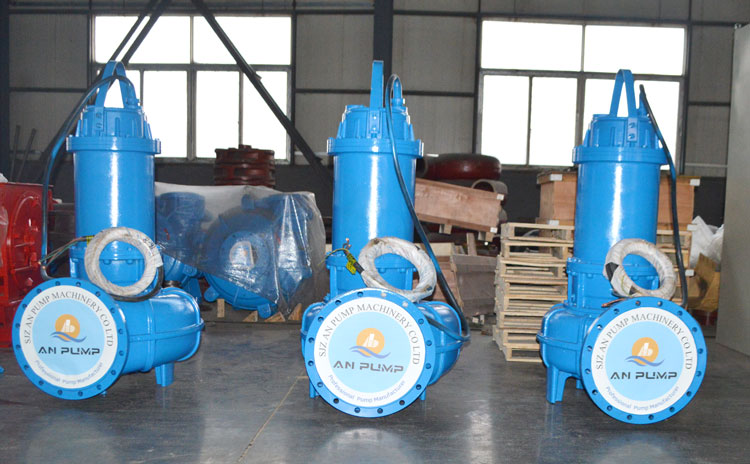
Conclusion
Float switch problems can disrupt the proper functioning of septic tank pump systems, leading to inefficiency and potential system failure. Understanding the common problems, causes, and troubleshooting steps can help you effectively address float switch issues.
Regular maintenance, proper positioning, and preventive measures can significantly reduce the occurrence of float switch problems. However, in cases where troubleshooting fails or persistent issues arise, seeking professional assistance is always recommended. With proper care, maintenance, and occasional replacement, a well-maintained float switch can ensure the smooth operation of your septic system for years to come.
